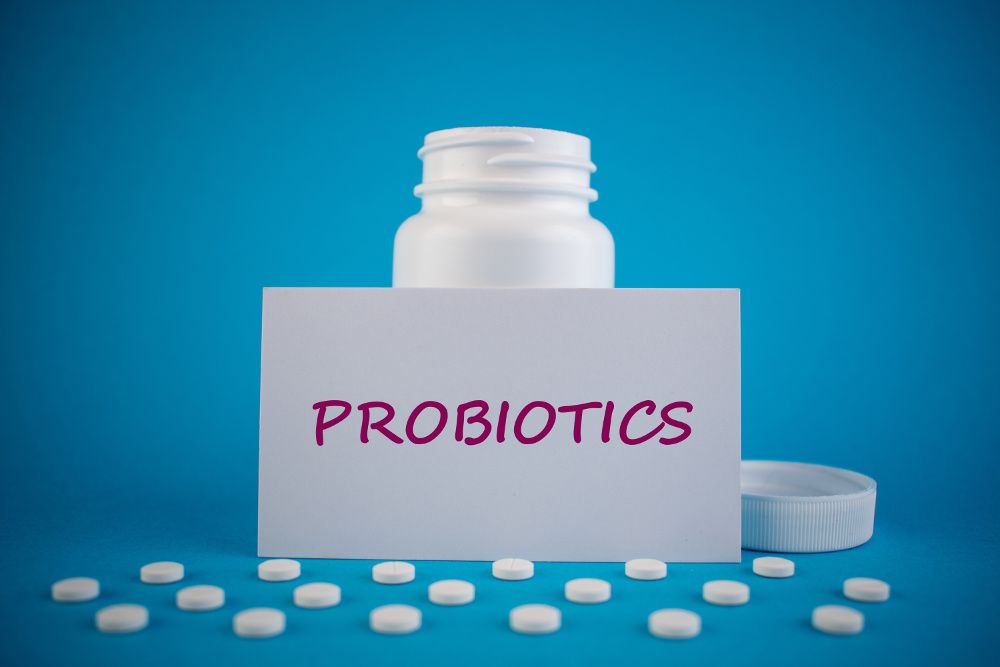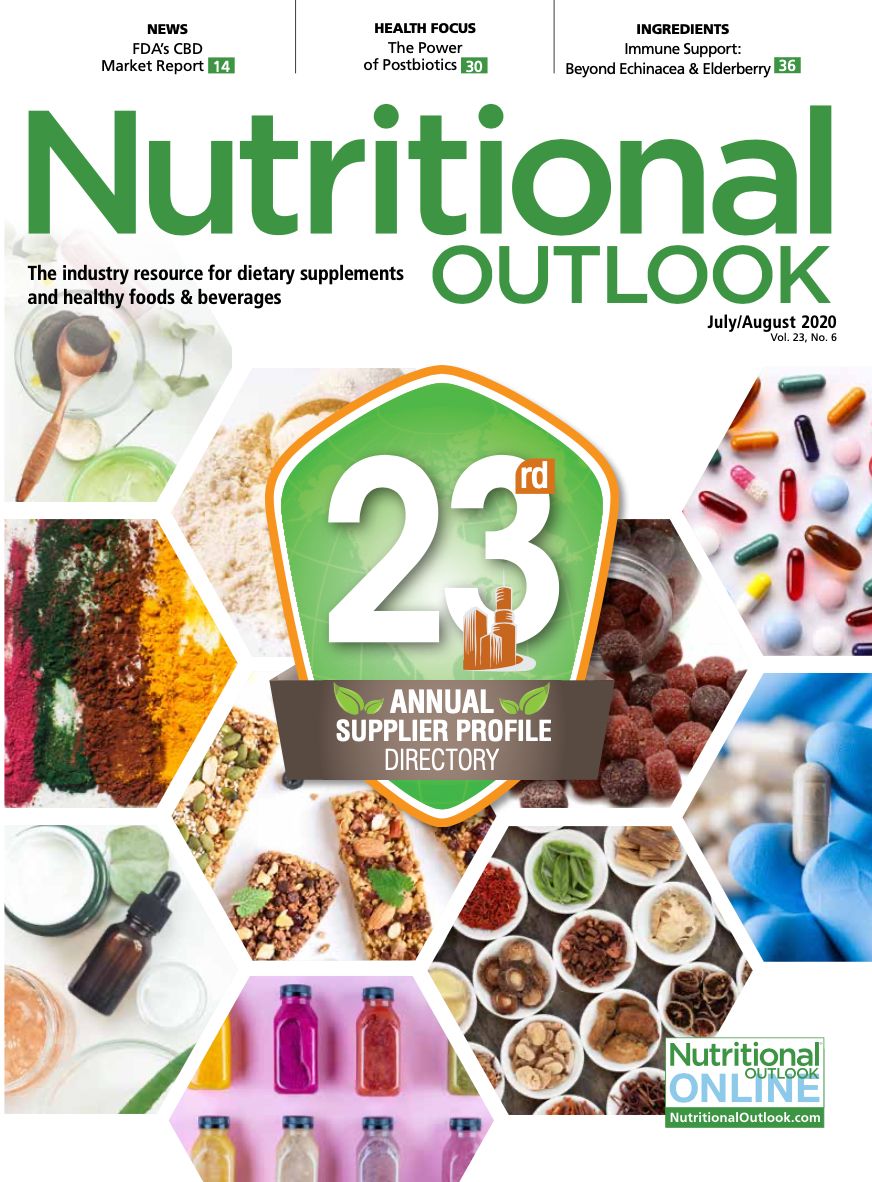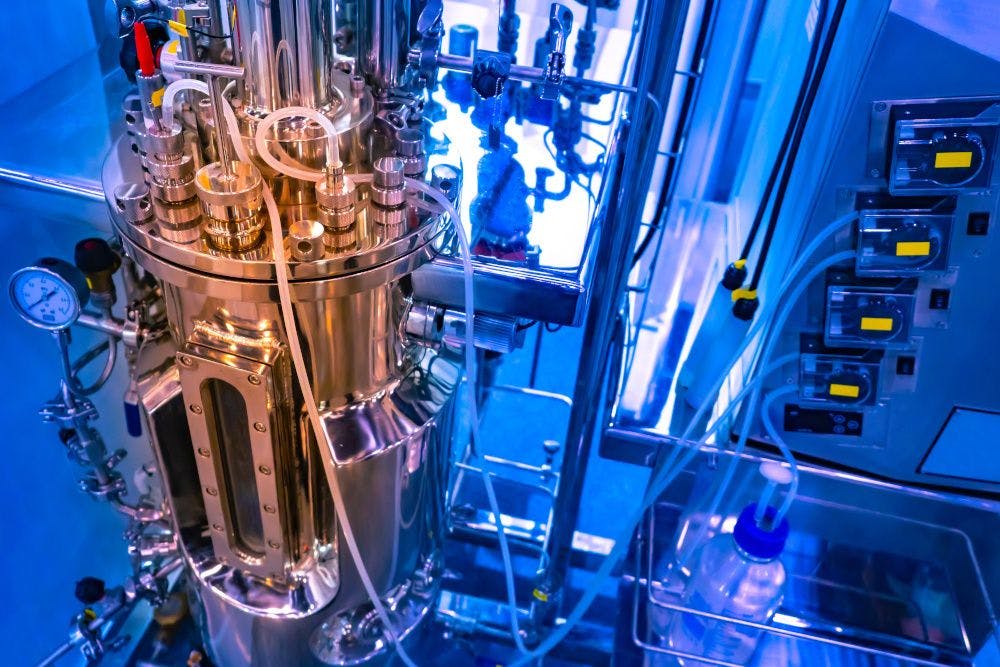Probiotic taxonomy change has widespread industry impact
A taxonomy change for the Lactobacillus genus will impact probiotic product labels, product claims, GMPs, and more.
Photo © AdobeStock.com/Anna

A great deal has changed in species classification since the first Lactobacillus species were discovered in the early 1900s, prior to the discovery of DNA. During this pre-DNA era, scientists relied on properties of the cells, such as shape, size, and chemical reactions, to characterize them into the same genus. With advanced genetic testing, it became clear that bacteria were seriously misclassified. Previously, Lactobacillus species were categorized due to their ability to produce lactic acid. This is like placing sharks, lions, and bears all in the same genus based on what they eat.
Over time, the genus Lactobacillus has grown to include over 250 species. However, a recent research article1 published in the International Journal of Systematic and Evolutionary Microbiology announced a proposed taxonomy change for the genus Lactobacillus. The article proposes that the genus Lactobacillus be reclassified into 25 genera. The new classifications utilize both genomic and protein sequencing as the basis to properly separate the formerly classified Lactobacillus species. The newly proposed taxonomy intends to group bacteria serving similar functions in the same classification.
While these changes help improve overall accuracy in the species classification, the proposed taxonomy presents new challenges and considerations for industry moving forward regarding label changes, Good Manufacturing Practices (GMPs), and product claims.
Label Changes
With new proposed genera, companies selling products containing Lactobacillus probiotics that are impacted by the name change should now consider a change in genus name on the product label. The International Committee on Systematics of Prokaryotes Subcommittee on the Taxonomy of Bifidobacterium, Lactobacillus, and Related Organisms deliberately renamed all commercialized strains with a genus starting with “L” to help minimize confusion on product labels. Companies that need to change the genus name on their product labels may consider initially using an abbreviation for the genus instead of the full genus name on the labels since both the old and new names for Lactobacilli start with “L.” This abbreviation can help minimize consumer confusion and avoid space issues on the Supplement Facts label panel, as the full genus name is long. FDA has not yet indicated whether abbreviations would be an acceptable alternative to listing the full new genus name, nor has the agency provided a timeline for industry compliance with the taxonomy changes. However, FDA has publicly indicated that it will offer some flexibility for companies regarding the timeline for transitioning labels from the original to the new taxonomic name and abbreviating the genus with “L” on their labels.
Jeremy Bartos, PhD

Andrea Wong, PhD

Each commercialized bacterial strain should be registered with a regional bacterial collection, which helps maintain identification and standardization of strains on the market. Therefore, companies can add in the probiotic’s accession number, typically an American Type Culture Collection (ATCC) or international equivalent, to associate the new genus name with previous data and information connected with the old genus name. For example, if a label contains Lactobacillus rhamnosus GG currently, then it can be changed to L. rhamnosus GG (ATCC 53103) to identify existing clinical and preclinical studies, patents, etc. Including an ATCC number is especially important when considering product claims, but more on that later.
GMPs
Alterations in probiotics taxonomy will not only affect the finished product label but will also require changes to documentation and paperwork earlier in the supply chain. Identification of the new genera will start with the probiotic raw material suppliers. Their updated paperwork will dictate when and how a contract manufacturer or brand owner will update documentation, including labels, on their end. Name changes are especially important when it comes to transportation and border control review during which names on product labels and documentation will need to match up exactly.
Product Claims
Companies will have to reconcile scientific research on Lactobacillus with product claims including the new genus name and ensure substantiation files are updated to demonstrate that the research is tied to the ingredient. This is where incorporating the accession number can be helpful. While including the accession number would add more text to the label, it can minimize consumer confusion and clearly identify the strain. As accession numbers are linked to specific strains and not to an entire species, this route would require companies to include the strain names on the label. Labeling to the strain level is considered a best practice and included in The Council for Responsible Nutrition (CRN) and the International Probiotics Association’s (IPA) voluntary guidelines2 that address labeling, stability testing, and storage and handling recommendations for probiotics.
Companies must also consider the impact on product development. Product developers need to ensure that they run literature searches for claim substantiation purposes on both the old and new genus and that proprietary blends that were originally identified on labels as only containing Lactobacillus species be renamed. In addition, health benefits are not typically segregated to just one probiotic genera—for example, strains in the Bifidobacterium, Streptococcus, Bacillus, Lactococcus, Saccharomyces, and the former Lactobacillus genera all have been clinically studied for digestive benefits—so the change may further add to the noise.
As the scientific community learns more about these live microbial organisms, it is critical that industry stays up to date on how the organisms are classified to ensure accuracy of their products throughout the entire supply chain. Probiotics continue to grow in popularity as consumers seek these products to support their health and wellness regimens. Science demonstrates probiotics’ role in digestive health and immune system function, and emerging research points to support in other areas like oral, skin, and brain health. With a diverse and growing set of health benefits coming from probiotics, efforts should be made to classify probiotic ingredients accurately and tie the renamed ingredients to the body of research supporting product claims. Just as humans differ from horses and dogs, various species of Lactobacillus differ greatly from each other and require accurate classification.
Jeremy Bartos, PhD, is the senior vice president, research and development, at MeriCal (Orange, CA). Andrea Wong, PhD, is the senior vice president, scientific and regulatory affairs, at The Council for Responsible Nutrition (CRN; Washington, DC), the leading trade association for the dietary supplement and functional food industry.
References
- Zheng J et al. “A taxonomic note on the genus Lactobacillus: Description of 23 novel genera, emended description of the genus Lactobacillus Beijerinck 1901, and union of Lactobacillaceae and Leuconostocaceae.” International Journal of Systematic and Evolutionary Microbiology, vol. 70, no. 4 (April 2020): 2782-2858
- The Council for Responsible Nutrition and the International Probiotics Association. “Best Practices Guidelines for Probiotics.” Accessed at: https://www.crnusa.org/self-regulation/best-practices-guidelines-probiotics

Prinova acquires Aplinova to further increase its footprint in Latin America
April 7th 2025Prinova has recently announced the acquisition of Brazilian ingredients distributor Aplinova, which is a provider of specialty ingredients for a range of market segments that include food, beverage, supplements, and personal care.























